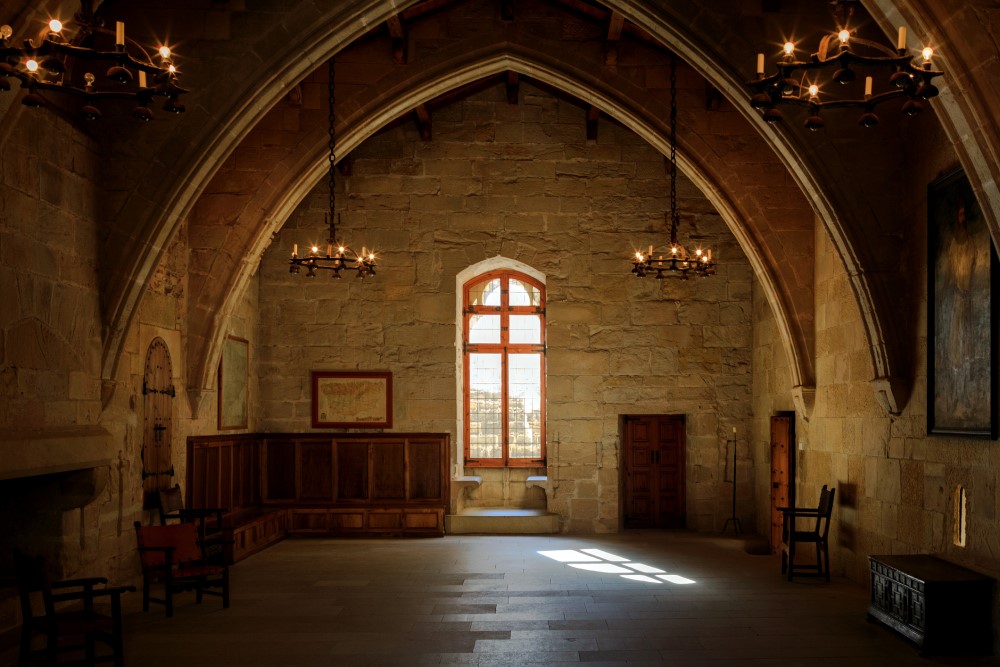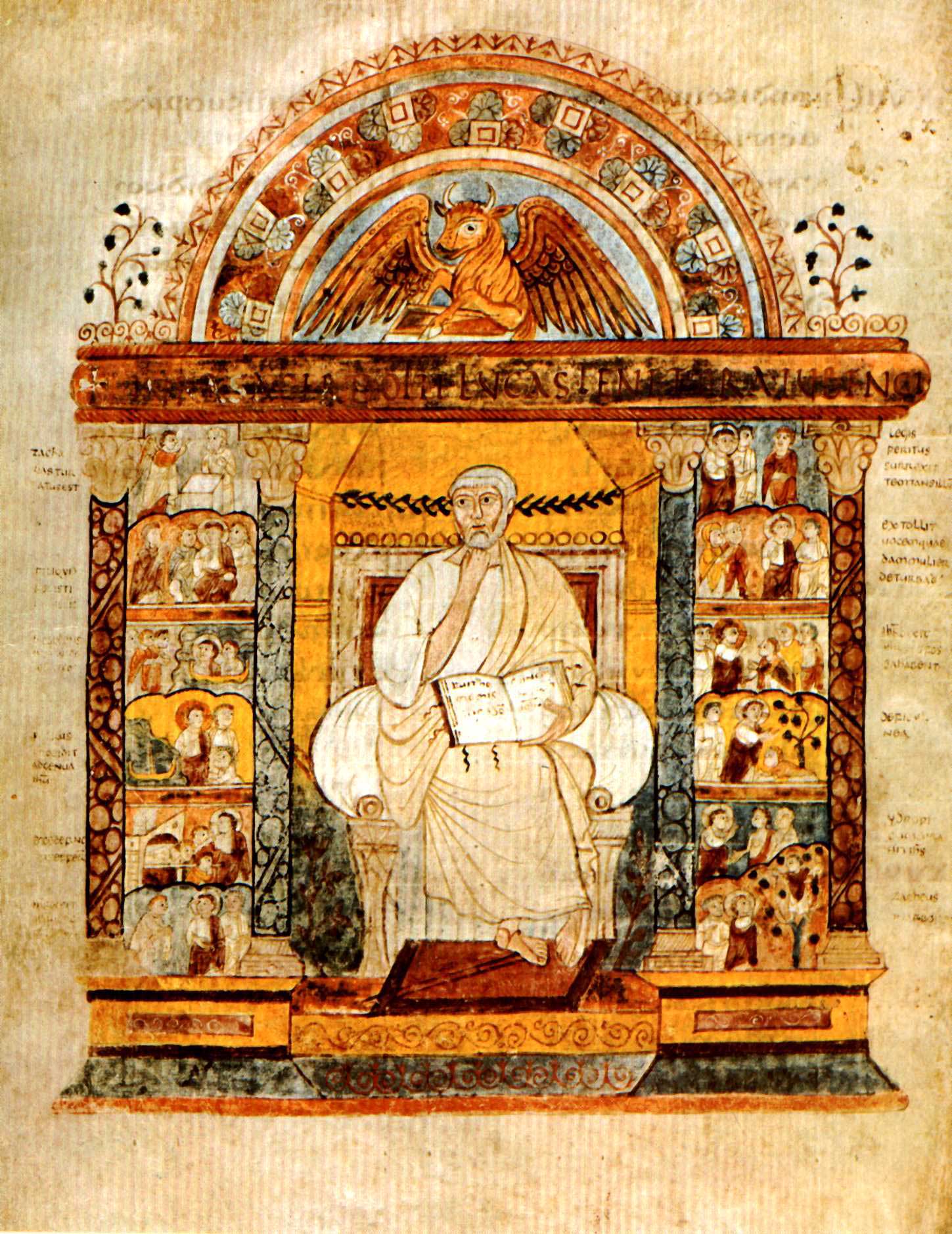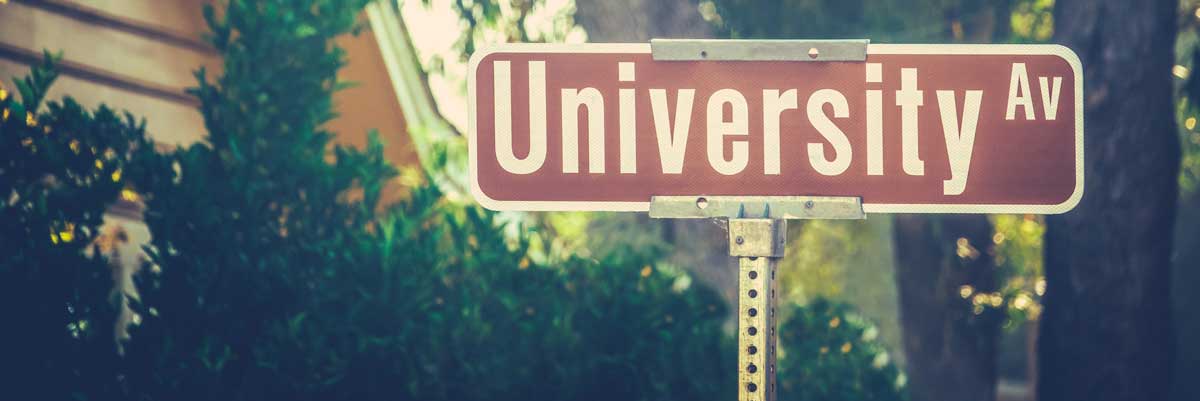Feature
Art & Religion
A Few Thoughts on the Literacy Problem
“The trouble with modern education,” says an old Jesuit in Evelyn Waugh’s Brideshead Revisited, “is you never know how ignorant people are. With anyone over fifty you can be fairly confident what’s been taught and what’s been left out. But these young people have such an intelligent, knowledgeable surface, and then the crust suddenly breaks and you look down into depths of confusion you didn’t know existed.” Waugh’s Rex, who was going through the motions of conversion for reasons of his own, was so ignorant that, in a supremely comic moment, he is deceived by the mischievous ten-year-old Cordelia into believing in the sacred monkeys in the Vatican and the pope who made his horse a cardinal. “‘I don’t say there mayn’t be a good reason for all this,’ he tells the priest, ‘but you ought to tell me about it and not let me find out for myself.’” Things have slipped even since Waugh’s time: the current edition of Brideshead now bears on its cover the inscription, “Companion to the PBS television series.” I suspect one might be hard put to find a college student, Catholic or not, who could tell you with precision what a cardinal or the Vatican is.
An example: a student at Barnard was assigned a museum paper for a basic art history course. She dutifully chose a painting at the Met and made a scrupulous analysis of its formal elements, line, color, spatial configuration and so forth. When she came to the final section of the assignment, “Tell how the artist relates stylistic elements to the narrative or iconographic intent of the painting,” she checked the label and duly found her picture to be a Nativity. Had she been a little more ignorant, she might have dipped into the dictionary and found that one Nativity in history stood out from all the rest; as it was, she knew the word meant “birth” and proceeded as follows: “Everyone is happy when a new baby is born. The grandparents come from far away; everyone brings a present . . .” This was my revelation of the darkness at the heart of American education, the same sinking feeling E. A. Hirsch, author of Cultural Literacy, had when he realized that University of Virginia students (Virginia!) did not recognize allusions to Appomattox.
THIS ARTICLE ONLY AVAILABLE TO SUBSCRIBERS.
FOR QUICK ACCESS:
Mary Elizabeth Podles is the retired curator of Renaissance and Baroque art at the Walters Art Museum in Baltimore, Maryland. She is the author of A Thousand Words: Reflections on Art and Christianity (St. James Press, 2023). She and her husband Leon, a Touchstone senior editor, have six children and live in Baltimore, Maryland. She is a contributing editor for Touchstone.
subscription options
Order
Print/Online Subscription

Get six issues (one year) of Touchstone PLUS full online access including pdf downloads for only $39.95. That's only $3.34 per month!
Order
Online Only
Subscription

Get a one-year full-access subscription to the Touchstone online archives for only $19.95. That's only $1.66 per month!
bulk subscriptions
Order Touchstone subscriptions in bulk and save $10 per sub! Each subscription includes 6 issues of Touchstone plus full online access to touchstonemag.com—including archives, videos, and pdf downloads of recent issues for only $29.95 each! Great for churches or study groups.
Transactions will be processed on a secure server.
more from the online archives
calling all readers
Please Donate
"There are magazines worth reading but few worth saving . . . Touchstone is just such a magazine."
—Alice von Hildebrand
"Here we do not concede one square millimeter of territory to falsehood, folly, contemporary sentimentality, or fashion. We speak the truth, and let God be our judge. . . . Touchstone is the one committedly Christian conservative journal."
—Anthony Esolen, Touchstone senior editor










